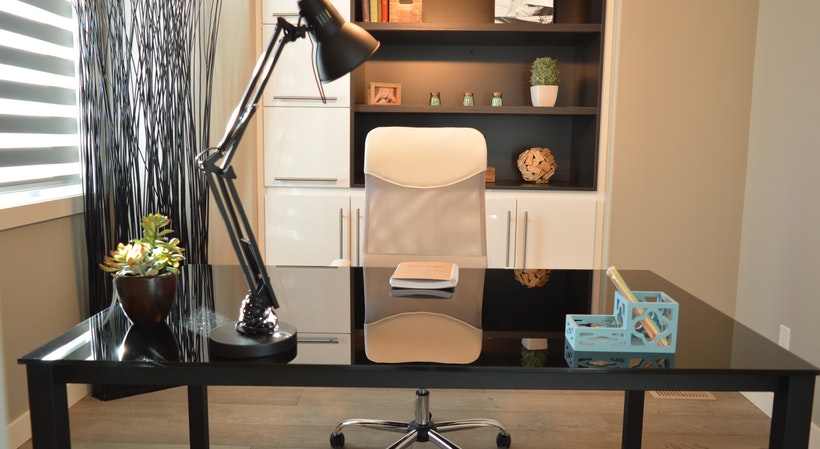You may see your home office as the place you take important business calls, the place you meet new clients, the place you focus best on crafting your products — but what about the place you save money on your taxes? The home office deduction can save entrepreneurs a significant sum on their taxes.
Here, learn everything you need to know about the commonly misunderstood deduction, including how to know if you’re eligible for it and how to calculate the deduction if you are. By the end, you’ll know for certain whether or not you qualify for the home office deduction and can file your taxes with confidence.
StartupNation exclusive savings on the Dell products that power your business: Save Now
Are you eligible for the home office deduction?
You can qualify for the home office deduction whether you own a home or are renting one. An “office” can be a room in your home, a section of a room that is clearly partitioned off, or even a separate structure (like an outside studio), so long as that space is:
- Used exclusively for your business
- Used regularly
- Your principal place of business
The IRS means it when they say exclusive. If you have an office that also functions as a spare bedroom or a kids’ playroom, you’re out of luck. The IRS is a little more relaxed about what “regularly” and “principal place of business” mean. As long as you use your office often to run your business, you should feel comfortable taking this deduction.
You don’t have to be a business owner or freelancer to be eligible for this deduction. If you are an employee, you can also be eligible for this deduction. Employees who qualify for the home office deduction will need to file a Schedule A (Form 1040), while the self-employed will need to file a Schedule C (Form 1040).
If you are still unsure, or if you run a home-based daycare, visit the IRS Publication 587, Business Use of Your Home for more details and instructions.
Related: 6 Ways to Make Your Startup’s Tax Filing Season Easier
How to calculate your home office deduction
The home office deduction can be calculated two different ways: using the simplified method or the actual expenses method.
The simplified method
The simplified method is “simplified” for a reason. This way of calculating your home office deduction is quick and easy.
With the simplified method, business owners can deduct $5 per square foot of their home office (up to 300 square feet). To figure your total deduction, measure the square feet of your home office and divide that number by the total square feet of your house. You’ll then have the percentage of your house that makes up your home office. Then, multiply that percentage by $5 for your total deduction.
The actual expenses method
While more complex, the actual expenses calculation method could potentially save you more money. More importantly, it is the only option for entrepreneurs with a home office larger than 300 square feet.
For this method, you’ll have to carefully track direct and indirect expenses. Direct expenses apply specifically to your home office and can be fully deducted. Indirect expenses are expenses for the entire house that you can partially deduct.
Some indirect expenses include:
- Rent
- Utilities
- Insurance
- Repairs
- Security system
- Real estate taxes
How much you can deduct for indirect expenses will depend on what percentage of your home is used for business. Like in the simplified method, you can find this percentage by measuring the square feet of your home office and dividing that number by the total square feet of your house.
To determine your total deduction using the actual expense method, you’ll need to fill out and follow the instructions on tax Form 8829.
If you choose the actual expenses method, make sure you keep good records of all the expenses associated with your home office. Your accountant will need these to help you file your tax return, and the IRS will need the records in case of an audit. This method may also affect your capital gains tax if you are planning on selling your home in the future, so be sure to speak to your accountant or tax advisor about this.
Sign Up: Receive the StartupNation newsletter!
Which method should you choose?
The most important question is, which method saves you more money?
Use the method that is most economical for your situation. The actual expenses method may make you more money, but the simplified method could save precious time. Whichever method you choose, you can’t go wrong by taking advantage of a tax break.
Originally published April 6, 2018.






